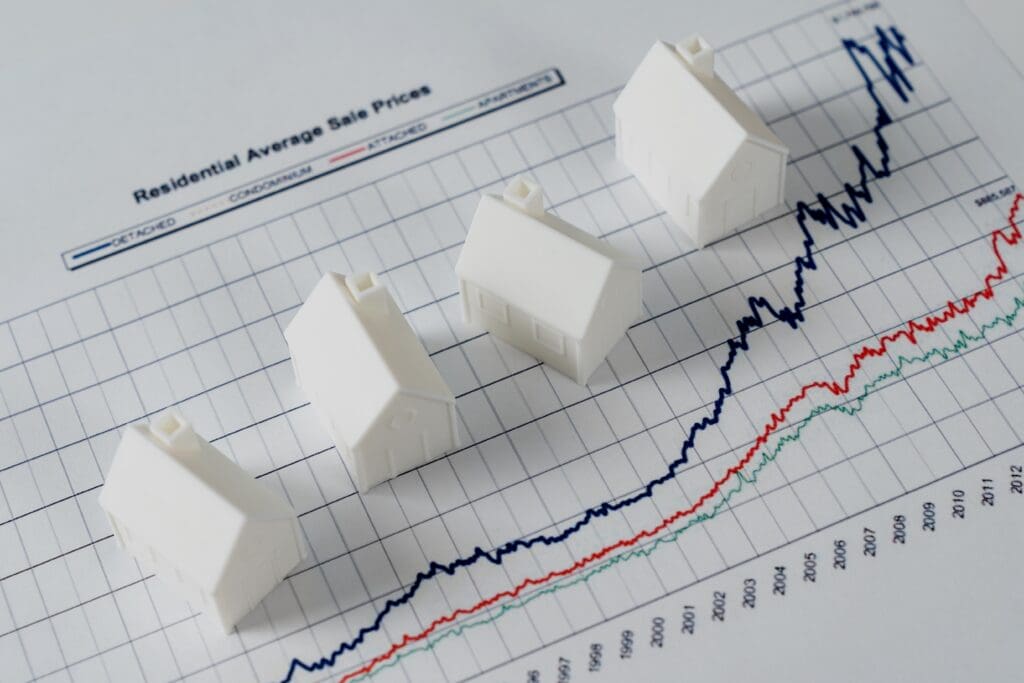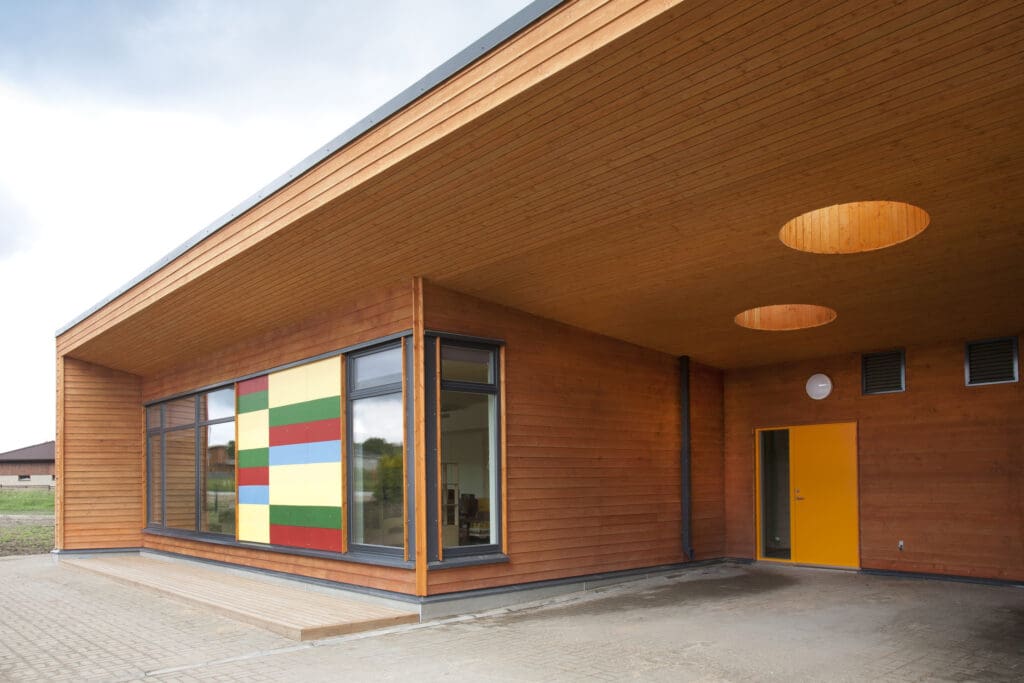Are you considering buying a home in a specific area and want to gauge its potential for appreciation? Evaluating the potential for home appreciation is crucial to make informed decisions and ensure a wise investment. In this blog post, we will provide you with valuable tips and strategies to assess the real estate market, analyze growth prospects, and maximize property value.
1. Research the Local Housing Market
Start by conducting thorough research on the local housing market in your desired area. Look for historical data, recent trends, and any upcoming developments that could impact property values. Online real estate portals, local newspapers, and real estate agencies are excellent sources of information.
2. Consult Local Experts
Seek advice from local real estate agents, appraisers, and other professionals who have in-depth knowledge of the specific area. They can provide insights into market trends, upcoming developments, and potential opportunities for home appreciation.
3. Analyze Growth Prospects

Consider the economic and demographic factors that can influence home appreciation. Look for areas with strong job markets, population growth, and increasing demand for housing. This indicates a healthy real estate market and a higher likelihood of home value appreciation over time.
4. Assess Neighborhood Development
Examine the current and future development plans for the neighborhood. Are there any infrastructure projects, commercial developments, or community enhancements in the pipeline? These factors can contribute to increased property values in the long run.
5. Study Comparable Sales
This is another area where your real estate agent’s expertise will prove invaluable. Look for comparable sales or “comps” in the area. These are recently sold properties with similar characteristics to the one you’re considering. Analyzing the sale prices and appreciation rates of these properties will give you a clearer picture of the potential value growth in the area.
6. Consider School Districts

Good schools are often associated with higher property values. Research the quality of schools in the area and how they rank compared to neighboring districts. A strong school district can be a positive indicator for long-term home appreciation.
7. Evaluate Amenities and Infrastructure
Assess the availability of amenities and infrastructure in the area. Proximity to parks, shopping centers, transportation hubs, and other desirable features can positively impact home values. Evaluate the existing and planned amenities to gauge their potential impact on the neighborhood’s desirability and property values.
By following these tips, you’ll be equipped with the necessary knowledge to evaluate the potential for home appreciation in a specific area. Remember to consider the local housing market, growth prospects, neighborhood development, comparable sales, expert advice, school districts, and amenities. Make informed decisions to maximize your property value and secure a successful real estate investment.
#HomeAppreciation #RealEstateMarket #PropertyValue #HousingMarket #GrowthProspects #NeighborhoodAnalysis
